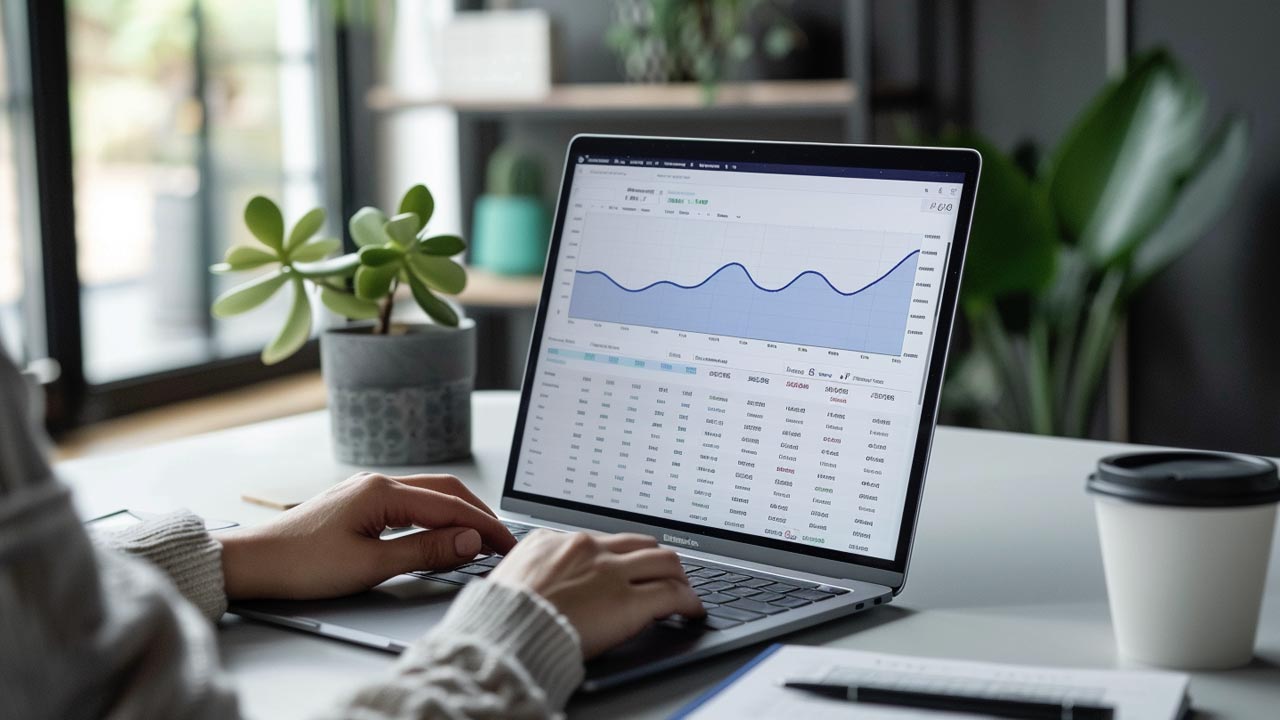General Ledger: The Backbone of Financial Management
Running a business is akin to steering a ship through stormy seas—without the right tools, it’s nearly impossible to stay on course. One of the most crucial navigational instruments in a business’s arsenal is the General Ledger(GL). Whether you’re a seasoned financial professional or a small business owner trying to wrap your head around the numbers, understanding the (GL) is essential. This article will dive into the world of the General Ledger(GL), breaking down its components, functions, and significance in financial management.
By the end of this quick read article, you’ll have a understanding of the following:
- What a General Ledger is and why it’s critical for your business.
- The structure of a General Ledger and the different types of accounts it contains.
- How to maintain and manage a General Ledger effectively.
- The role of the General Ledger in financial reporting and compliance.
- Best practices for using General Ledger software to streamline your accounting processes.
Table of Contents
- What is a Business General Ledger?
- Structure of the General Ledger
- Maintaining and Managing the Ledger
- Role in Financial Reporting and Compliance
- Best Practices for Using Ledger Software
- Top 5 Frequently Asked Questions
- Final Thoughts
- Sources
What is a Business General Ledger?
The Definition and Purpose
The (GL), often abbreviated as GL, is the central repository of a company’s financial data. It contains the records of all financial transactions that occur within a business, categorized into different accounts. These accounts typically include assets, liabilities, equity, revenue, and expenses. The purpose of the (GL) is to provide a complete and accurate picture of the company’s financial health.
The Importance of the General Ledger
The (GL) is more than just a collection of financial data; it’s the backbone of a business’s accounting system. Without it, businesses would struggle to generate accurate financial statements, comply with regulations, or make informed financial decisions. The GL ensures that every financial transaction is recorded, categorized, and available for review, making it an indispensable tool for any business, large or small.
Structure of the General Ledger
Types of Accounts
A (GL) is divided into various accounts, each representing a specific category of the business’s financial activity. The primary types of accounts include:
- Assets: Resources owned by the business (e.g., cash, inventory, property).
- Liabilities: Obligations the business owes to others (e.g., loans, accounts payable).
- Equity: The owner’s interest in the business after liabilities are subtracted from assets.
- Revenue: Income earned from the business’s core activities (e.g., sales).
- Expenses: Costs incurred in the process of earning revenue (e.g., rent, salaries).
How Transactions Flow into the Ledger
Every financial transaction a business undertakes is recorded in the (GL). These transactions are initially entered into subsidiary ledgers or journals, such as the sales journal or cash receipts journal, before being posted to the (GL). This ensures that the (GL) maintains a detailed and accurate record of all financial activities.
Maintaining and Managing the General Ledger
Posting Transactions
Posting transactions to the (GL) is a critical part of maintaining accurate financial records. This involves transferring entries from the various journals into the appropriate accounts within the GL. Each transaction must be posted in a way that maintains the balance of the accounting equation: Assets = Liabilities + Equity.
Reconciliation and Adjustments
To ensure the accuracy of the (GL), businesses regularly perform reconciliations and adjustments. Reconciliation involves comparing the GL’s accounts with external documents, such as bank statements, to ensure consistency. Adjustments may be necessary to correct errors or account for transactions that weren’t initially recorded.
Role in Financial Reporting and Compliance
Generating Financial Statements
The data in the (GL) is used to generate a company’s financial statements, including the balance sheet, income statement, and cash flow statement. These documents are vital for internal decision-making and external reporting to stakeholders, including investors, creditors, and regulatory bodies.
Compliance and Audit Trails
A well-maintained (GL) provides a clear audit trail that can be invaluable during financial audits. It ensures that the business complies with accounting standards and regulations, reducing the risk of legal or financial penalties.
Best Practices for Using General Ledger Software
Choosing the Right Software
With the advent of digital technology, managing a (GL) has become significantly easier. However, choosing the right software is crucial. Look for features like automation, integration with other financial systems, and scalability to meet the growing needs of your business.
Automation and Integration
Modern (GL) software can automate many of the routine tasks involved in maintaining the GL, such as posting transactions and generating reports. Integration with other systems, like inventory management or payroll, further enhances efficiency and accuracy.
Top 5 Frequently Asked Questions
Final Thoughts
The General Ledger is more than just a tool for recording financial transactions—it’s the lifeblood of your business’s financial health. By understanding its structure, maintaining it diligently, and leveraging modern software, you can ensure that your business is not only compliant but also well-positioned for growth. The most important takeaway is that the (GL) provides the foundation upon which all financial analysis, reporting, and decision-making are built. It’s the bedrock of sound financial management.
Researched
- Investopedia – (GL)
- The Balance – Understanding (GL) Accounts
- AccountingTools – (GL) Definition
- QuickBooks – What is a (GL)?









Leave A Comment